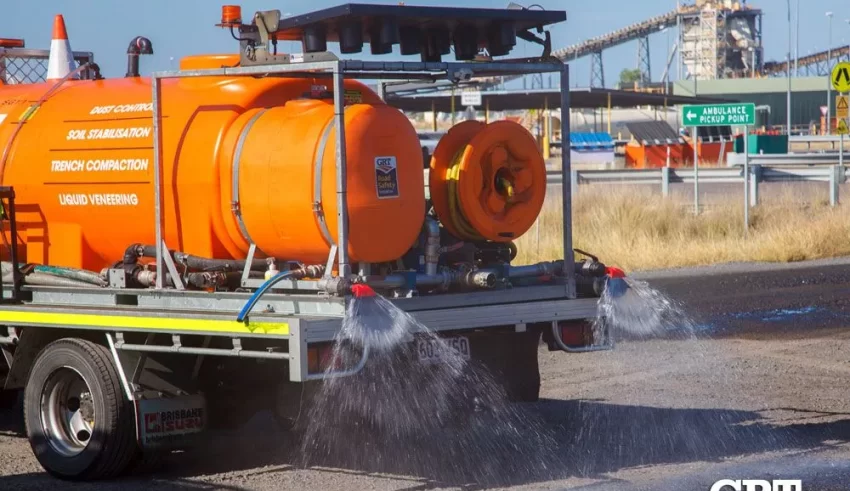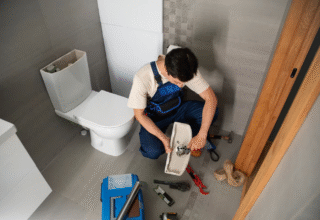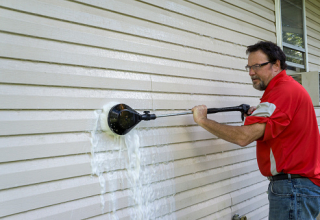
One method of controlling soil erosion is to use a cover. This method includes covering a slope with a surface roughness layer. Other methods involve using vegetation-grown filter strips or soil retention blankets. Moreover, you can do daily maintenance to keep your slope smooth and free of soil erosion. You can also install a geotextile gravel bag or sand trap in your driveway.
Table of Contents
Cover
Proper cover erosion and sediment control measures are crucial for protecting downstream environments. During light rainfall, the sediment-laden water discharged from a site is higher than during moderate to heavy rain. In such circumstances, sediment control measures should focus on maximizing the filtration of sediment-laden water and minimizing gravity-induced erosion. Such measures should be used where sites discharge minor watercourses. During light rainfall, sediment-laden water discharges can do more environmental damage than during periods of heavy rain.
Temporary seedings provide protective cover for a limited time. Once completed, these seedings must be replaced with perennial vegetation. Temporary seedings are often used to protect earthen sediment control practices, stabilize denuded areas, and provide a nurse crop for permanent vegetation. Temporary seedings can also prevent dust during construction activities. These temporary seedings are beneficial for temporary stabilization and offer quick erosion control.
These sediment control measures are not suitable for all areas. For example, sediment traps may be an obstructive hazard for passing vehicles if they are placed along a traffic lane.
Soil Retention Blankets
Using soil retention blankets can help protect slopes from erosion and sedimentation when used correctly. However, they are not effective on very rocky sites. Instead, they should be used on projects where the disturbance is less than 0.2 acres. This method is also cheaper and easier to install than mulch, and the blankets are biodegradable or photodegradable. This article will examine how soil retention blankets can help protect slopes and channels.
Erosion control blankets slow the flow of water and sediments, and this material also improves re-vegetation and provides an environment where new seeds can take root. Erosion control blankets are necessary for slope areas where sediments or mudslides may occur. These blankets prevent destructive mudslides by holding soil in place until the plants can take root. They are also needed for reclamation projects for oil wells and mines. You should monitor soil retention blankets and other erosion control measures.
Vegetated filter strips
Vegetated filter strips are a proven erosion control method. They are installed along the wetland border to reduce runoff and prevent erosion. They also help maintain a uniform soil surface and to avoid rill development. Depending on the type of vegetated filter strip installed, it may take several years to reach the desired level of protection. However, the benefits of using this method are worth the effort.
Besides being effective erosion and sediment control measures, vegetated filter strips can be used as a stand-alone practice. They can be installed within open spaces and rights-of-way. Depending on the area, a small vegetated filter strip can be constructed as a side slope of a grass channel or water quality swales.
Surface roughening
Surface roughening is a temporary control measure for land disturbed by construction. It can slow runoff velocity, promote infiltration, and trap sediment but is not paid for separately from other stabilization techniques. It is typically used during construction to stabilize disturbed areas and may be used before the final stabilization steps. This method is not effective on a steep slope and should be used cautiously in areas where utilities will be located.
Temporary Berms
Temporary berms can be used as perimeter control structures or transversely to slopes to divert runoff to stabilized slope drains. These measures are often installed during earthwork and are not part of contract plans. Berms are a cost-effective method to reduce erosion and sedimentation. Here’s a simple explanation: Berms direct storm runoff from steep slopes to temporary outlets, where they can be discharged without causing too much slope erosion.
The best way to reduce erosion and sedimentation is to plan and implement protective measures through the help of globalroadtechnology.com/erosion-and-sediment-control-devices/ before the land disturbance begins. These measures should be accessible and protected, and they should also be implemented as soon as possible following land disturbance activities.
Fiber rolls are another effective method for erosion control. Fiber rolls, also known as straw wattles, are tubes filled with flax, rice, coconut fiber, or composted materials. These rolls are usually placed along a slope or perimeter of a property and serve as check dams in small drainage ditches. Fiber rolls help reduce erosion and sediment in long slopes when used correctly.

















